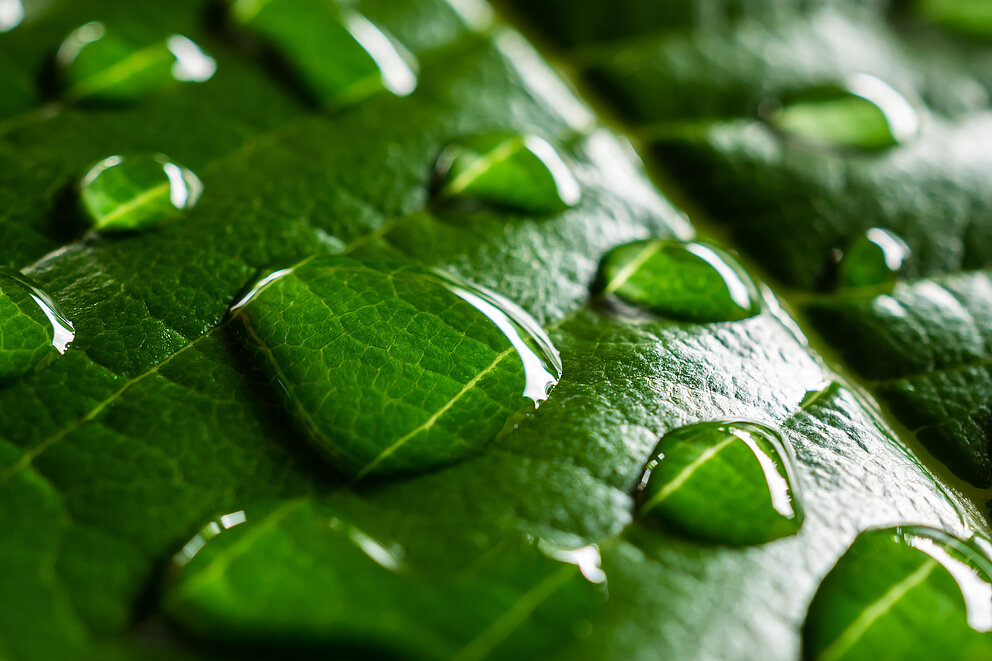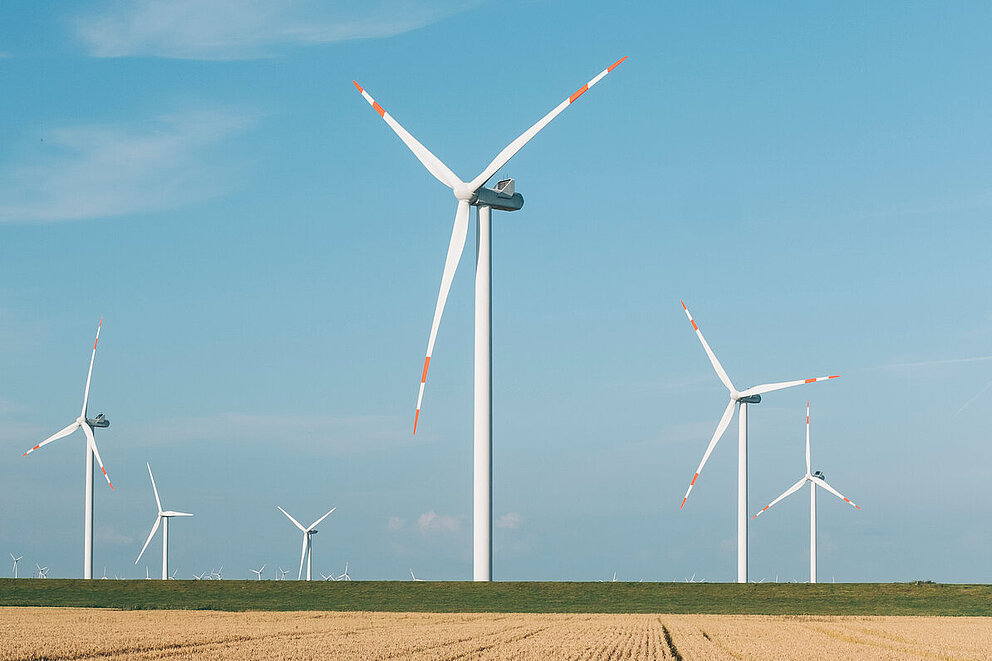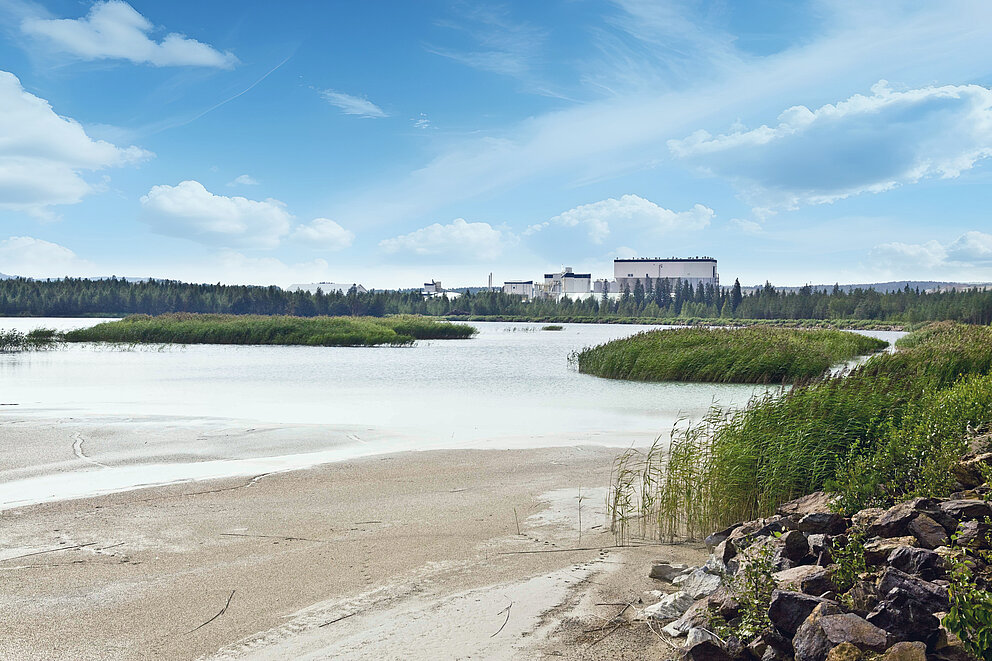
Environment

Climate
Our ambition is for our greenhouse gas emissions to reach Net Zero by 2050 at the latest. We are committed to the Science-Based Targets initiative (SBTi), and plan to publish our verified science-based reduction target (SBT) in 2025.
We have already made substantial reductions in our factory emissions - for example:
- Use of renewable and low carbon electricity
- Modifications to our clay processing which reduced emissions from natural gas
- Replacing carbon intensive fuel oil processes with natural gas
- Implementing a variety of energy efficiency measures in our sites
Emissions associated with the raw materials we purchase are the largest contributor to our total footprint. The detailed understanding of which raw materials are the largest emission contributors is enabling us to prioritise engagement with our supply chain to identify ways we can cooperate to reduce emissions.
In addition, some of our additives are designed to help our customers save energy in their own processes, helping progress on their climate goals.
We still have a lot to do to reach Net Zero - but we are on the way.

Circular Economy
Resources are finite, and circular economy principles help us move away from a linear ‘take-make-waste’ business model to one where resources are used multiple times, with less waste generated and less ‘virgin’ material inputs.
We already have a high natural and naturally-derived material content (as defined by ISO16128) in our product portfolio. Our product innovation teams are working with suppliers and customers to further increase our use of bio-based materials, both as a direct replacement of fossil-derived petrochemicals and to create new products altogether. Our natural additives are crucial for use in cosmetics and personal care items.
We are also investigating the use of surplus scrap material as inputs to certain products, and continually look for beneficial uses of our mineral wastes, such as for agriculture or construction.
We have made good progress on reducing our waste generated per tonne of product made, by focussing on process efficiencies, maximising run yields and reducing consumables such as filtration media.

Nature
We recognise the direct value that nature contributes to our business through the provision of naturally-derived materials that we use in our additives and ingredients. We are committed to minimising our negative impacts on the natural world so it can continue to provide for
Water is crucial for life and the communities around our factories, and we seek to minimise the amount we use in our manufacturing. We have made large reductions in our water withdrawals, achieving this in three ways:
- Recycling process water
- Implementing water efficiency measures
- Developing dry products as an alternative to products in water solutions
In addition, some of our processes are water-free.
We also find ways to minimise the use of toxic chemicals in our products. For example, as well as needing less water to manufacture, dry products do not suffer from microbial growth, thus avoiding the use of toxic biocides.
We are acutely aware of the pollution risk from some of the raw materials we handle and some of the products we make. We deploy a range of operational and infrastructure measures to prevent an accidental pollution incident occurring.
All water for discharge from our facilities is tested to ensure it is within pollution limits. We also ensure air pollutants keep within permitted limits.
Biodiversity helps natural systems be more resilient to environmental changes. We monitor biodiversity at our mine locations, and work to minimise the risk of biodiversity decline. For example, we rescue any desert tortoises that find themselves inside our boundary at our California mine and avoid disturbance to the nesting areas of flying squirrels at our Finnish mines. We also forbid the use of bio-based materials that have contributed to deforestation.